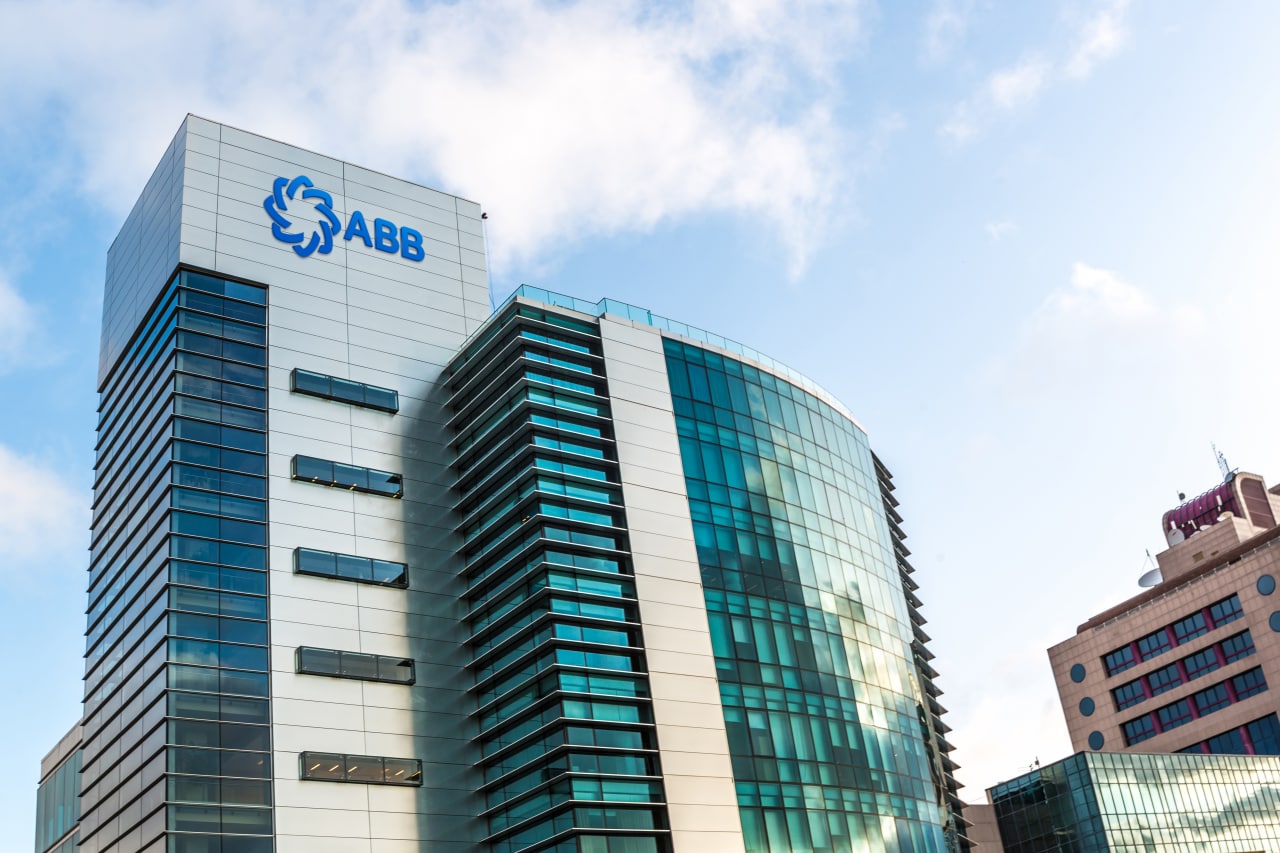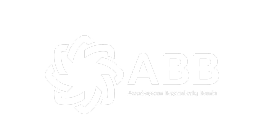
Client:The Municipality of Copenhagen
Industry:Public Sector
Region:Europe
RPA Improves the Lives of Employees and Citizens for the City of Copenhagen

75
key business processes automated across seven committees
50
attended robots ready to service the employees of Copenhagen
8,500 hours
saved per year by automating one process in one committee
~7 weeks
time it takes to automate the average process, from concept to delivery
<4 weeks
UiPath Academy helps people with no RPA experience become productive in less than four weeks
Client Overview
There are more than 600,000 people are living and working in Copenhagen, with an expected 20% population growth by 2025. The Municipality of Copenhagen employs approximately 45,000 employees across seven committees, including finance, social services, and health and care. Doing more with less is essential for the council to meet citizen demand with limited resources.
At the Municipality of Copenhagen, delivering excellent service means empowering staff to effectively handle growing workloads while staying within strict spending guidelines. The city council turned to robotic process automation (RPA) as a key part of its automation strategy.
Copenhagen is expanding rapidly. Today, more than 600,000 people are living and working in the city—an increase of almost 20% in just 10 years. As the population grows, the pressure on the Municipality to continually deliver high-quality service increases.
Today, it employs 45,000 employees across seven committees, including finance, social services, and health and care. Doing more with less is essential for the council to meet citizen demand with limited resources.
Rasmus Lund Stisager, RPA Team Leader at the Municipality explains: "Copenhagen has to service a growing population with the same or reduced budget and because of this we are always looking for new ways to automate and do things smarter.”
RPA was an ideal technology to help meet this obligation as it offered the potential for Copenhagen to streamline its processes and deliver better services to all its citizens. In 2015, the council implemented a project to establish exactly what benefits RPA could bring to its operations.
"Our Municipality is highly digitized, and we have been implementing different types of automation for many years. But, we could see that RPA offered us something new. It was able to go through data, work between systems, and skip integrations. That was new. We could see that many of our general administration and shared services processes were suitable for RPA," says Stisager.
From pilot to production
The Municipality was aware of the benefits RPA can bring in terms of cost reduction and increases in efficiency. It wanted to establish a proof of concept and became aware that UiPath offered a trial that allowed the organization to get started quickly and easily.
Stisager explains: “The UiPath trial made it a very easy way to work. You can go to the website, download the software, and start exploring. We quickly realized that we had a powerful and easy-to-use tool to work with. It became clear just how we could use UiPath and RPA to benefit or employees and our citizens.”
"By automating the boring rules-based tasks, we are freeing our employees with the opportunity to utilize their time better. If you imagine that a lot our internal processes involving passing information from one colleague to another then simply giving that task to a robot gives our employees more time to create value, more rewarding tasks, and speeds response times for citizens," he continues.
The company selected a process within human resource that handles people leaving the council as its pilot. The process included all the paperwork and administration – such as the formal leaving letter, final leaving date, final wage payment, etc. – conducted within the HR department. The process was selected as it was highly digitized, so it was relatively simple to automate many of the tasks within the process using RPA.
Beginning in December 2015, it took just four months to go from concept into production for the first RPA automation, but there was a great deal of learning along the way. Stisager says: “It was very easy to get familiar with UiPath and work out how you can build effective automations. What we learned was that robots can fail, and you need to know what they were doing when that happens. We’ve worked hard to understand and build automations that focus on the interactions between robots and our staff. We’ve developed excellent feedback loops between the robot and the person to ensure we have really great inputs and outputs.”
The initial pilot convinced the city council that RPA could deliver many benefits by optimizing internal processes. It quickly expanded the number of robots from one to 10. However, there was still work to do before the Copenhagen council began to feel the full benefit of RPA.
We’ve worked hard to understand and build automations that focus on the interactions between robots and our staff. We’ve developed excellent feedback loops between the robot and the person to ensure we have really great inputs and outputs.
Rasmus Lund Stisager • RPA Team Leader at Copenhagen Municipality
Building a solid structure
The next step in the RPA journey for Copenhagen was to establish a center of excellence (CoE) and begin to promote its potential within the seven council committees. It first had to decide whether to centralize all RPA work within the CoE or to use it to encourage the committees to develop their own RPA capabilities. The decision was a combination of both.
“Our experience talking with the committees was that any initial resistance was quickly overcome as people became excited about what RPA could deliver. No one really wants to do the boring stuff! So we thought that our CoE could retain overall control and handle the larger automations while we can steer and assist the committees with smaller projects,” says Stisager.
This required building a solid environment and governance for RPA within the organization. Over a 12-month period, while building excitement for RPA within the committees, the CoE built out its capabilities and set in place it’s governance procedures and policies.
Having a very close working relationship with the IT department, Stisager took the decision that the developers should be technical in nature. The developers would be supported by automation consultants that work with the committees to identify suitable processes and the expected business benefits. Today, there is a team of 15 working within the CoE.
From four months for the initial pilot, an average process—including initial process identification, process improvement, robot development and delivery—can be completed in six to eight weeks. Simpler processes can take less than one week to be put into production.
Sound governance is a major factor in this. According to Stisager: ”We worked very hard to get governance right. For example, we created specific coding guidelines on how you should build a robot and how it should work. That’s made it very easy to share our knowledge with the committees and we can quickly get external consultancies up to speed and productive when we need extra capacity to scale our RPA work.”
Another aspect of working with UiPath that has really helped us scale is the UiPath Academy. It’s really difficult to find and recruit good RPA people but, with the Academy, we can take people with no RPA experience and have them producing robots in less than a month.
Rasmus Lund Stisager • RPA Team Leader at Copenhagen Municipality
Scaling for success
Today, Copenhagen has automated 75 of its processes across its seven committees. It has assembled a digital workforce of six unattended and 50 attended robots. This is an impressive accomplishment as the council has only been working with attended robots for four months. The council and its citizens are beginning to see the benefits.
For example, the council has to respond quickly to requests for citizens who want to know exactly what information it holds on them. This is a very time-consuming process. It requires accessing multiple systems, consolidating information, redacting sensitive information, building a report, and sending it to the citizen.
This can take an employee up to 10 hours to complete the task and there is potential for error and omission. A robot reduces the time by half and provides highly accurate information. This automation is starting to be rolled out to all committees with one committee reporting that the one automation alone has freed almost 8,500 hours per year to help meet the growing demand on its services.
Stisager states: “Our experience of RPA is its positive affect on employee satisfaction and that also goes for our citizens. Improving our processes leads to faster response time and better service delivery. In fact, by automating those processes, we are beginning to be able to help citizens access services for themselves outside normal office hours.”
Taking a hybrid RPA approach
The Municipality believes that it is still early in its RPA journey and that the real power will come when combining attended and unattended robots into a hybrid RPA environment. It will enable Stisager and his team to automate more complex tasks using RPA and, even, help automate end-to-end processes.
Our experience is finding the right people across the organization that will commit to the RPA journey and continually increase your RPA efforts. Do that and the benefits are there for you, your employees and your citizens.
Rasmus Lund Stisager • RPA Team Leader at Copenhagen Municipality
Stisager explains: “Our journey began looking at unattended robots for large repetitive task and process, allowing employees to concentrate on higher quality tasks. Now, we’re looking at attended robots and digital assistants. Combining the two allows an employee to work with the appropriate robot for each step in the process. There’s great potential in this hybrid approach.”
Copenhagen has deployed its first hybrid robot environment that enables the employee to start with an attended robot to help compile information before handing it to an unattended robot to take care of the information retrieval and reconciliation. This saves a vast amount of time with the case worker only receiving the small amount of cases that actually require manual inspection.
Stisager believes that hybrid robots will become widespread within Copenhagen over the next few years and provides advice for other government bodies considering RPA. He concludes: “For some municipalities, they begin with a lot of excitement. They create their first pilot with one or two processes and then evaluate what they’ve done. The energy is lost and the project stalls. Our experience is finding the right people across the organization that will commit to the RPA journey and continually increase your RPA efforts. Do that and the benefits are there for you, your employees and your citizens.”
Related case studies
Ready for your own case study?
Speak to our team of knowledgeable experts and learn how you can benefit from agentic automation.






